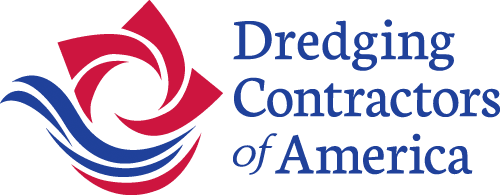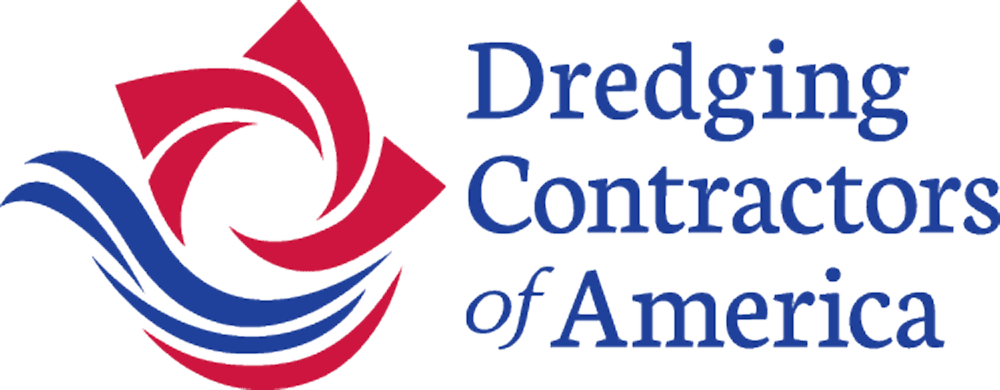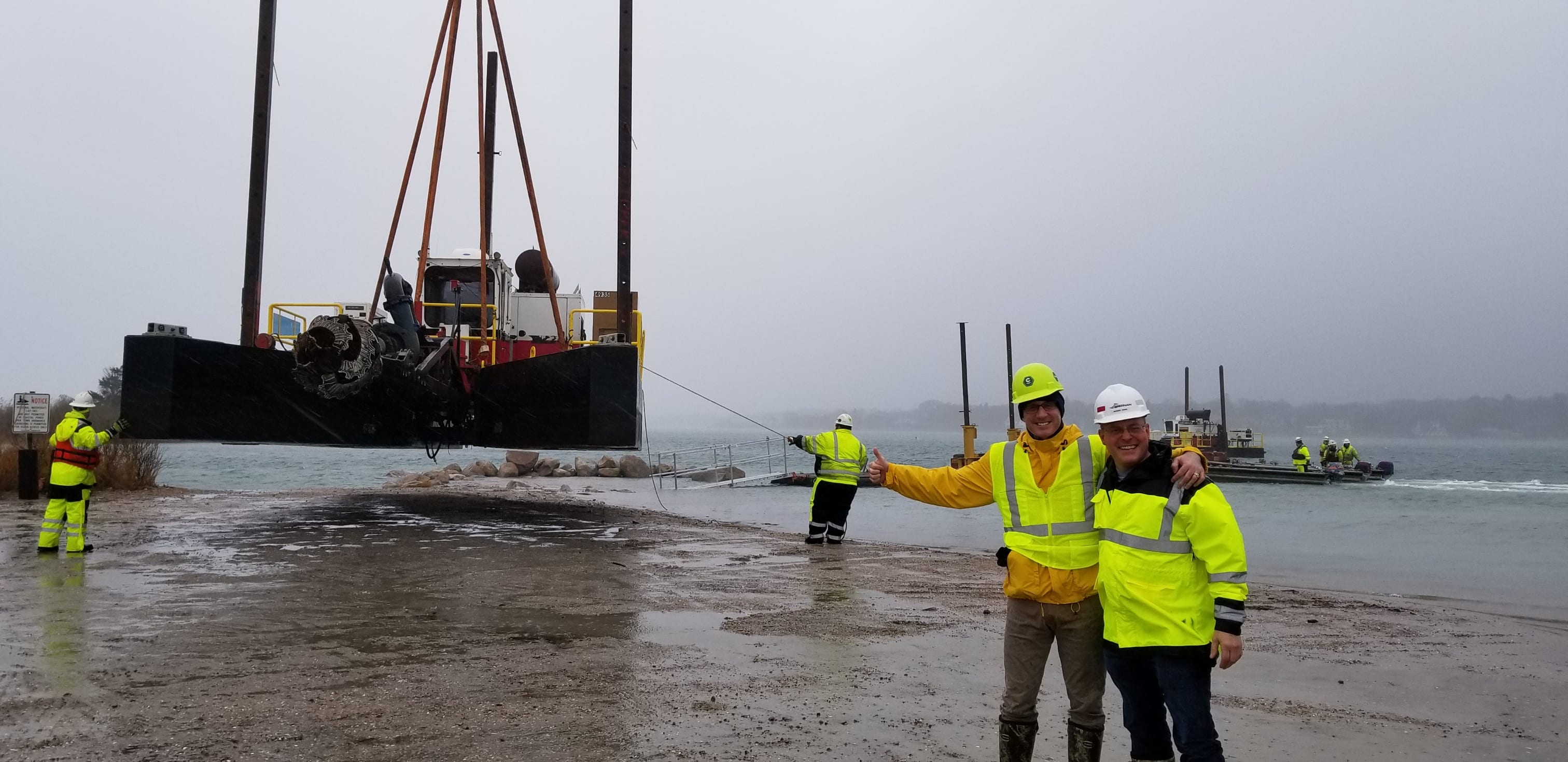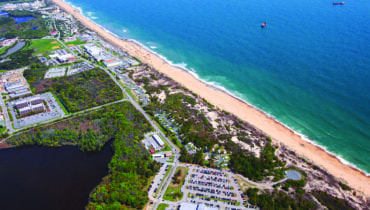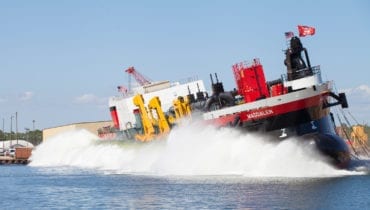J.F. Brennan Company completes the beneficial use dredging project at Quonochontaug “Salt” Pond, bordering Charlestown and Westerly, Rhode Island.

The Quonochontaug breachway was built in 1904. This is the first time since inception that the breachway has been dredged. Rhode Island Coastal Management Resources Council (CMRC) is the oversight agency. CRMC Policy Analyst Caitlin Chafee is overseeing the project, whose partners include National Oceanic and Atmospheric Administration (NOAA), the U.S. Fish and Wildlife Service, Save The Bay, and the Rhode Island Department of Environmental Management.
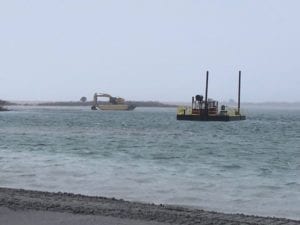
Mobilization began on December 3, 2018. Dredging commenced January 8, 2019 continued thereafter 24 hours a day, seven days per week. The project was completed on January 23, 2019 and equipment was being removed the following day. (Photo featured image: L-R: William Doyle, CEO Dredging Contractors of America and Andrew Timmis, J.F. Brennan’s Director of Business Development, with the dredge ASHTABULA in backdrop (January 24, 2019)).
The project was funded in part by a federal Coastal Resilience grant from NOAA, and the towns of Westerly and Charlestown, the Shelter Harbor Conservation Society and the Salt Ponds Coalition contributed matching funds. J.F. Brennan dredged and placed over 70,000 cubic yards of material using two dredges and other support equipment.
According to CMRC’s Chaffee, in speaking with the Westerly Sun: “The goals of our project are to get material so that we can do a marsh restoration, so we’re doing AboutHf 30 acres of marsh elevation enhancement and then part of the dredging that we do will be for eelgrass bed restoration, so it’ll be dredging to a shallower depth that’s suitable for eelgrass,” Chafee said. “The hope is that we’ll improve the east-west circulation in the pond that may have a beneficial impact on water quality.”
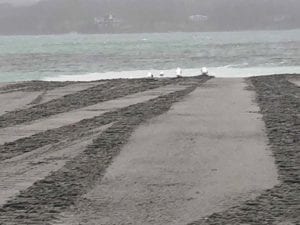
This project follows a similar dredging initiative at Ninigret Pond, a salt pond in the Charlestown, RI watershed area. That project was also performed by J.F. Brennan. At Ninigret dredged material was used to elevate the salt marsh. Here, at Quonochontaug, as sand was dredged from the salt pond’s bottom, it was immediately spread on the surface of the marsh with a Low Ground Pressure (LPG) dozer with automated elevation controls.
.
